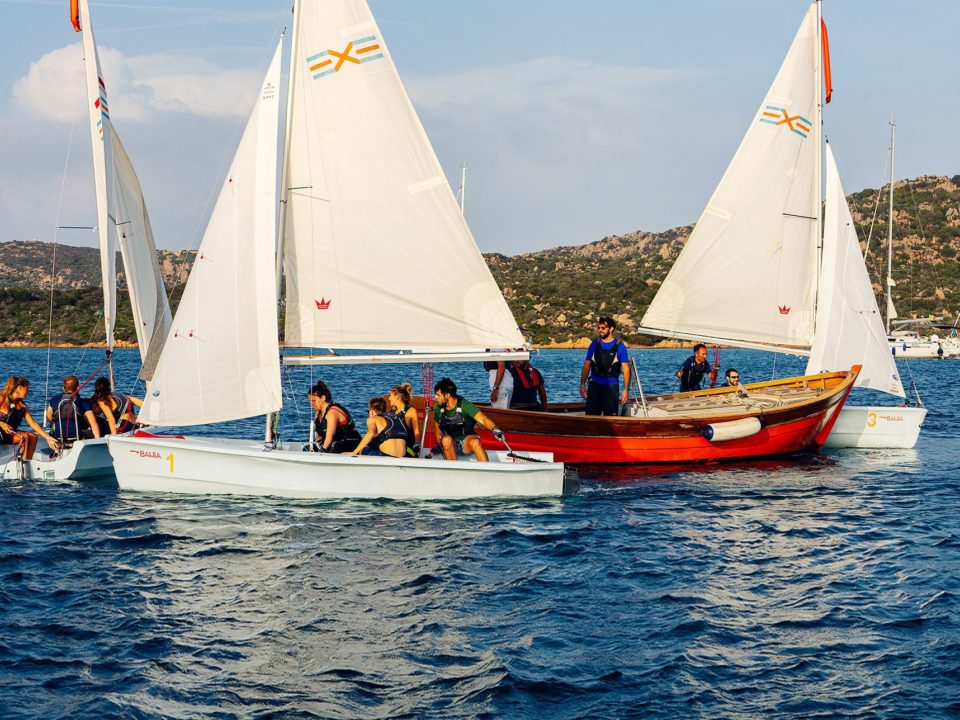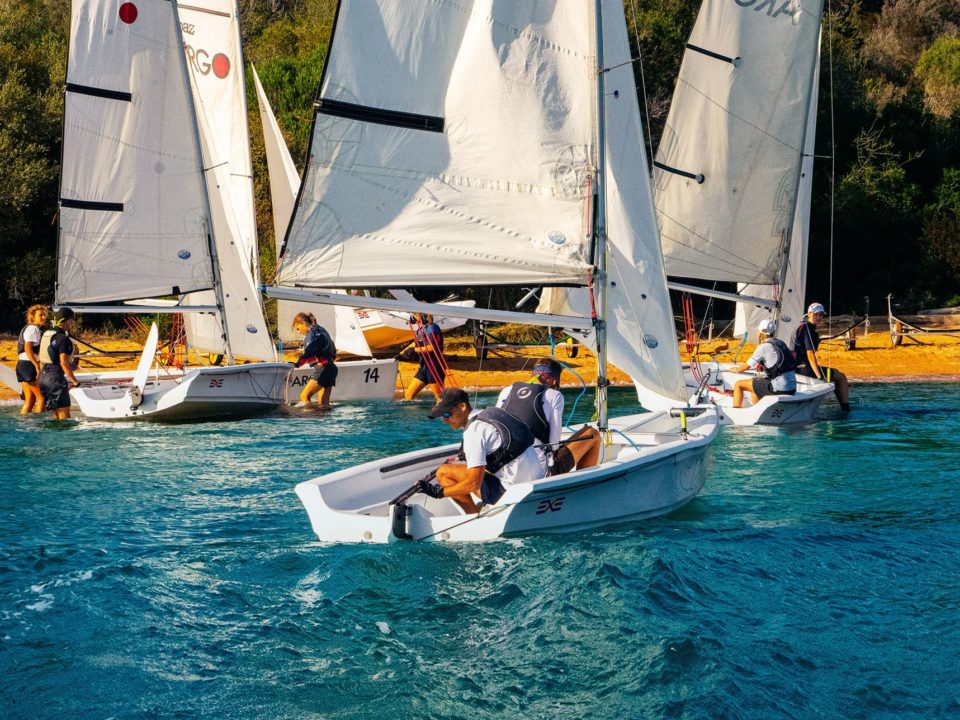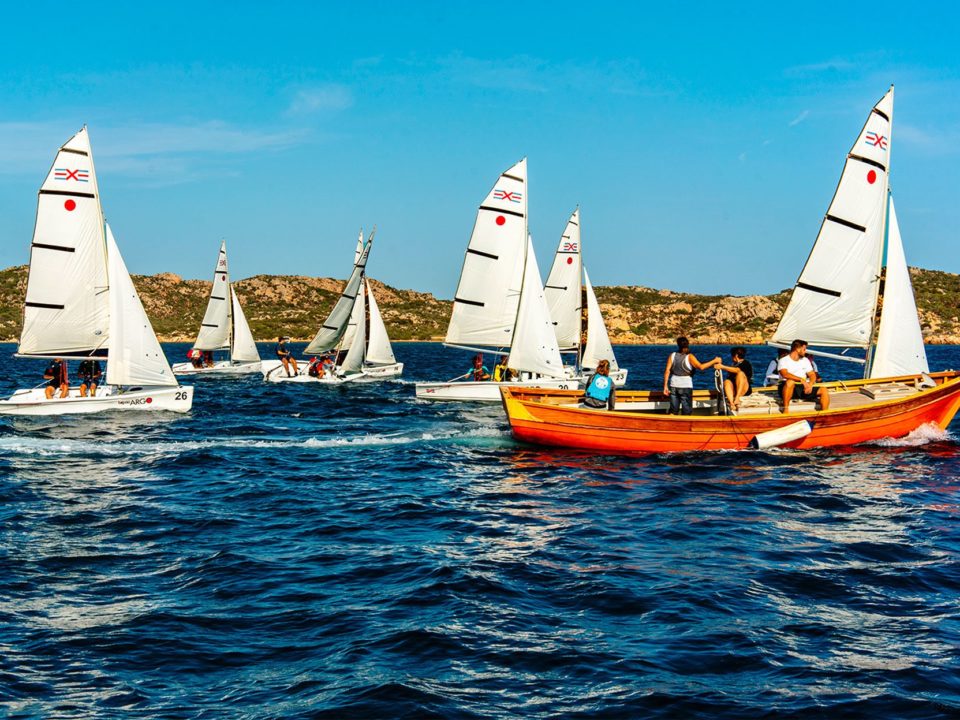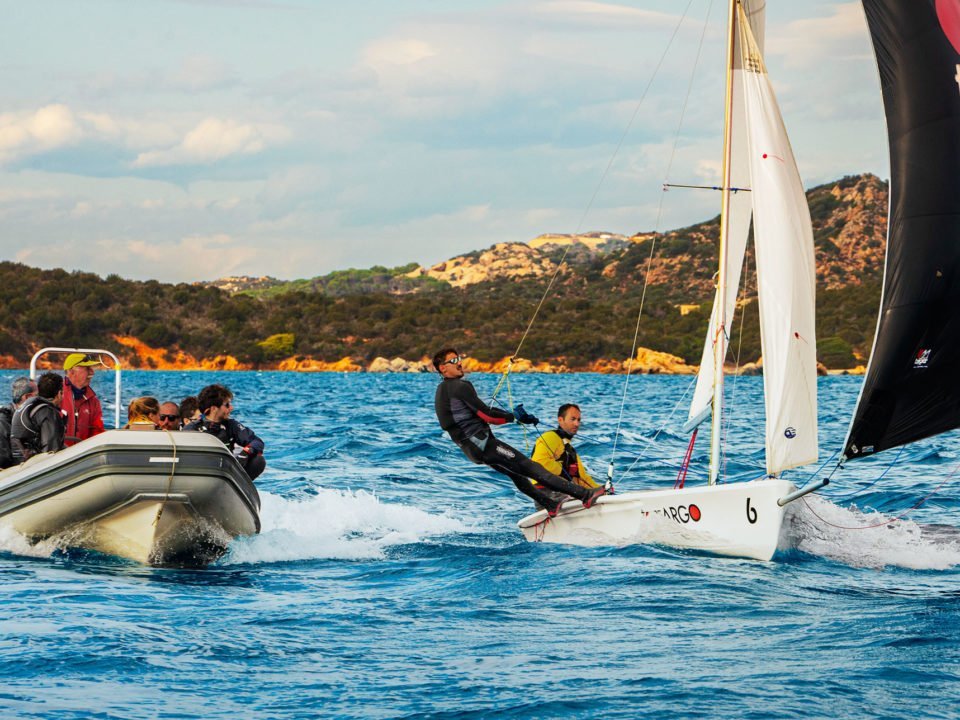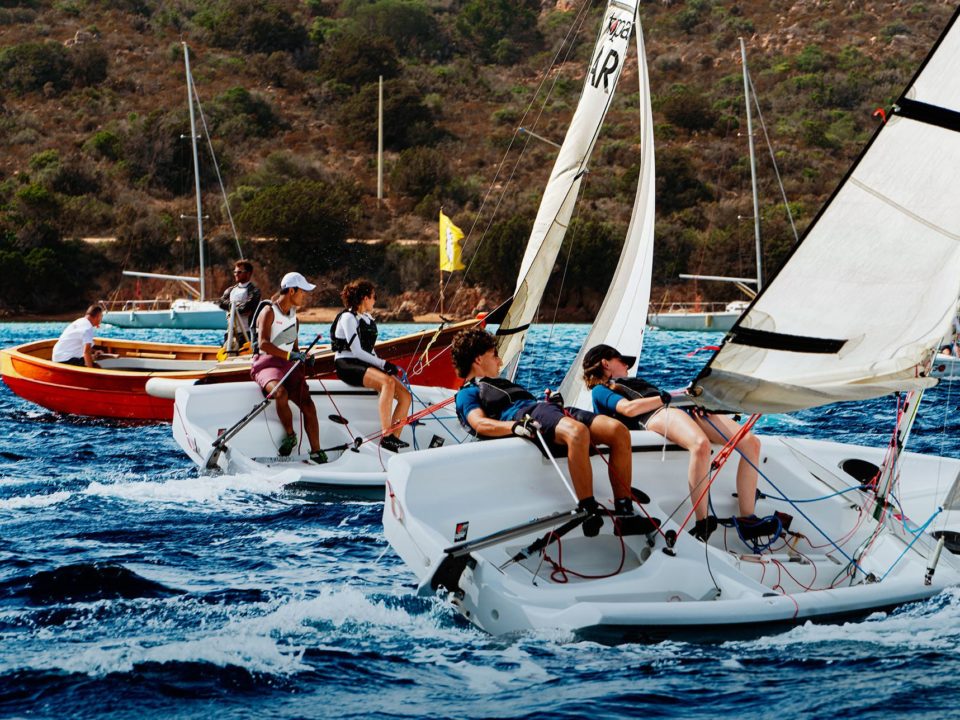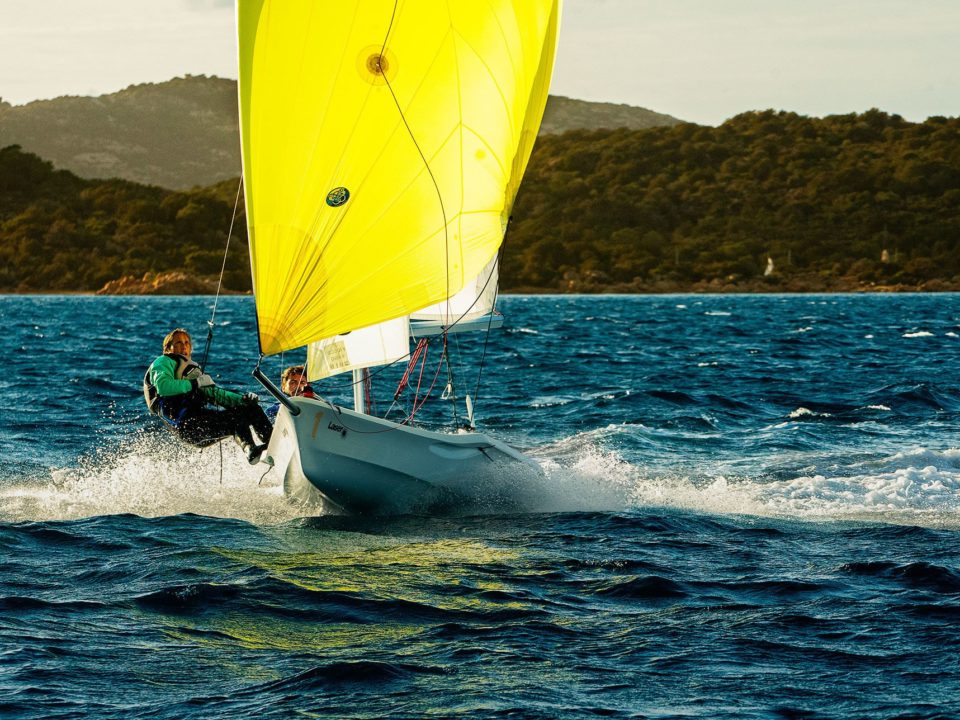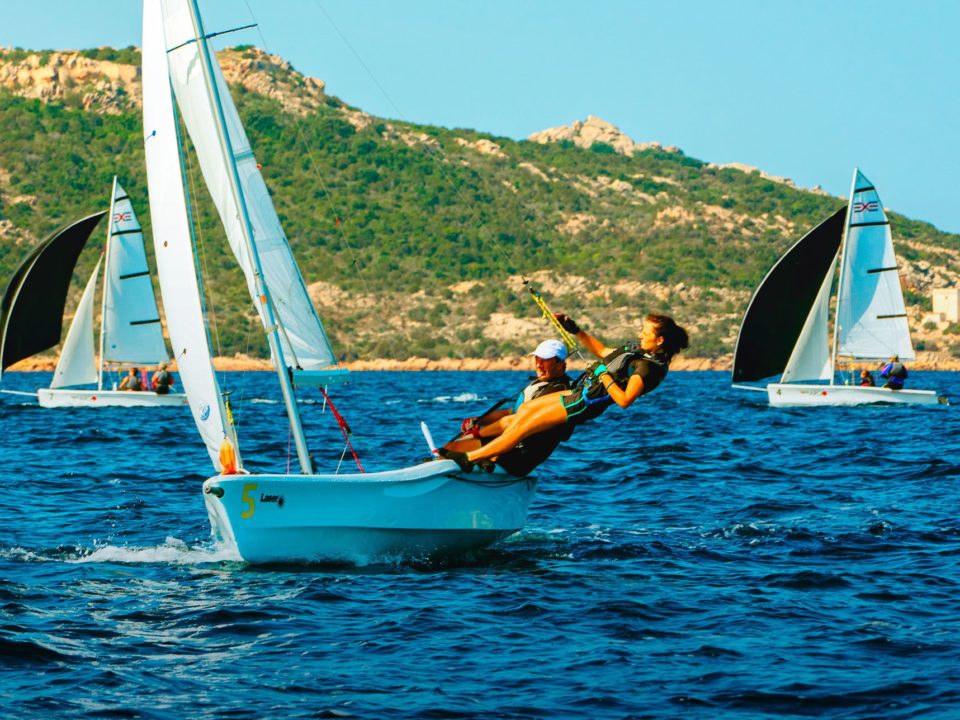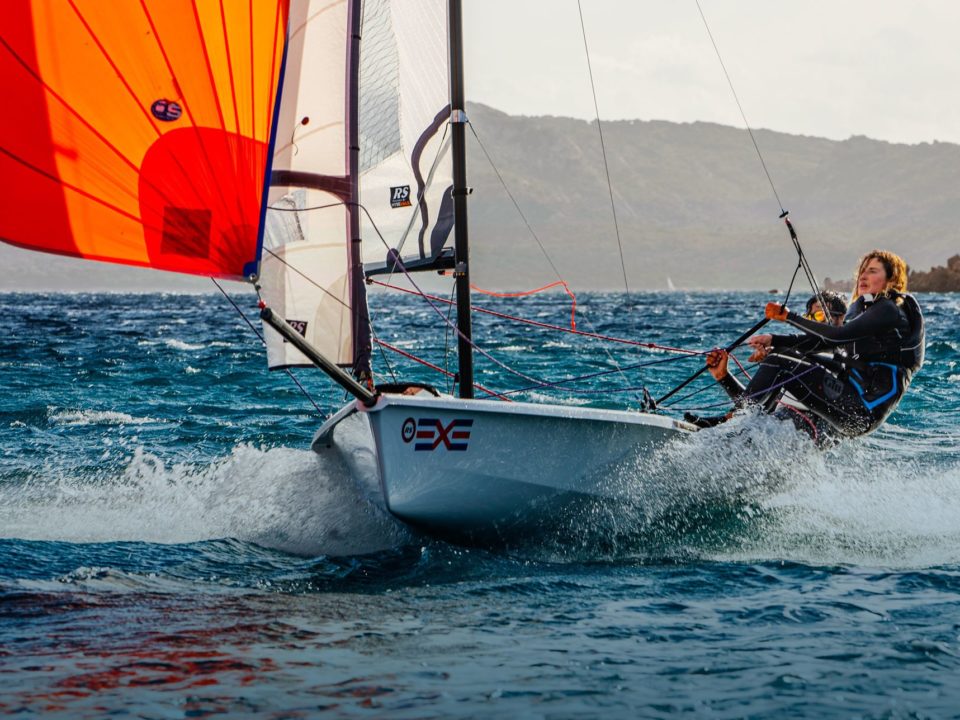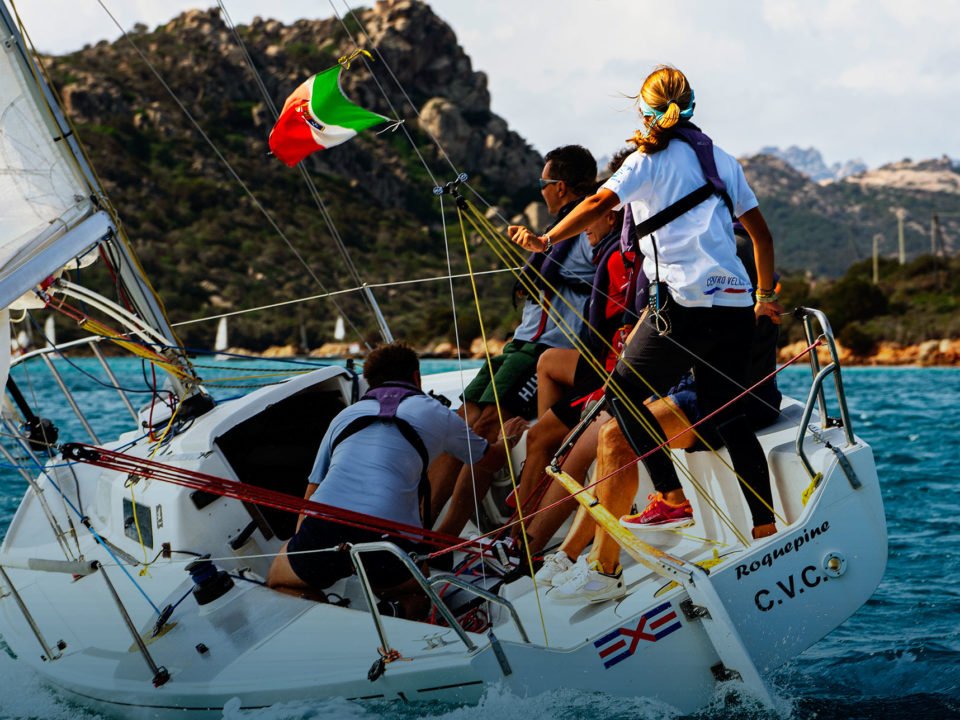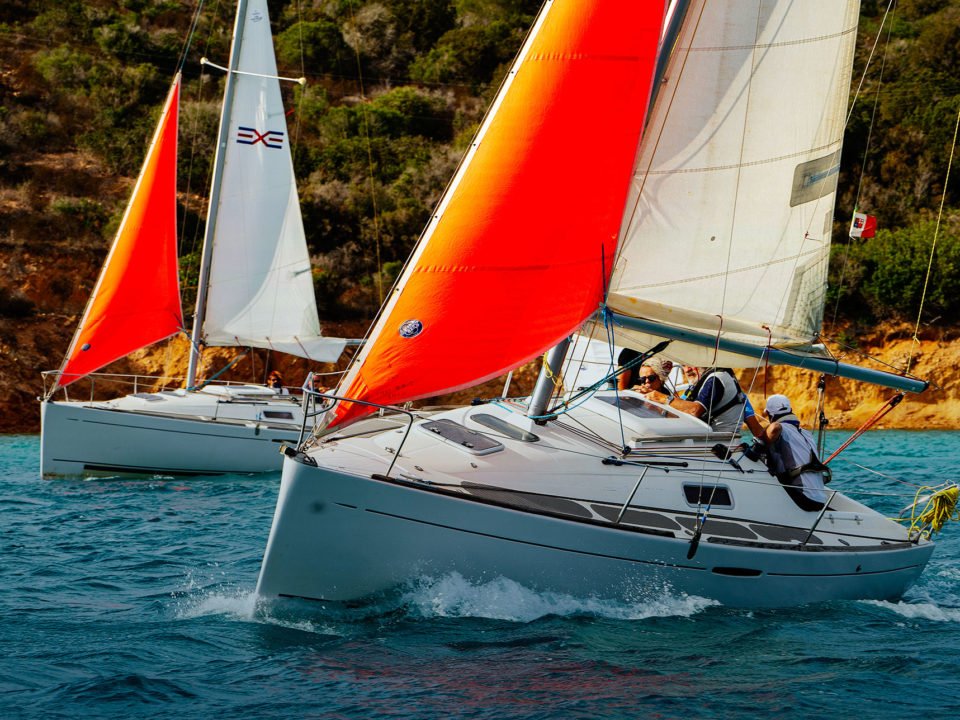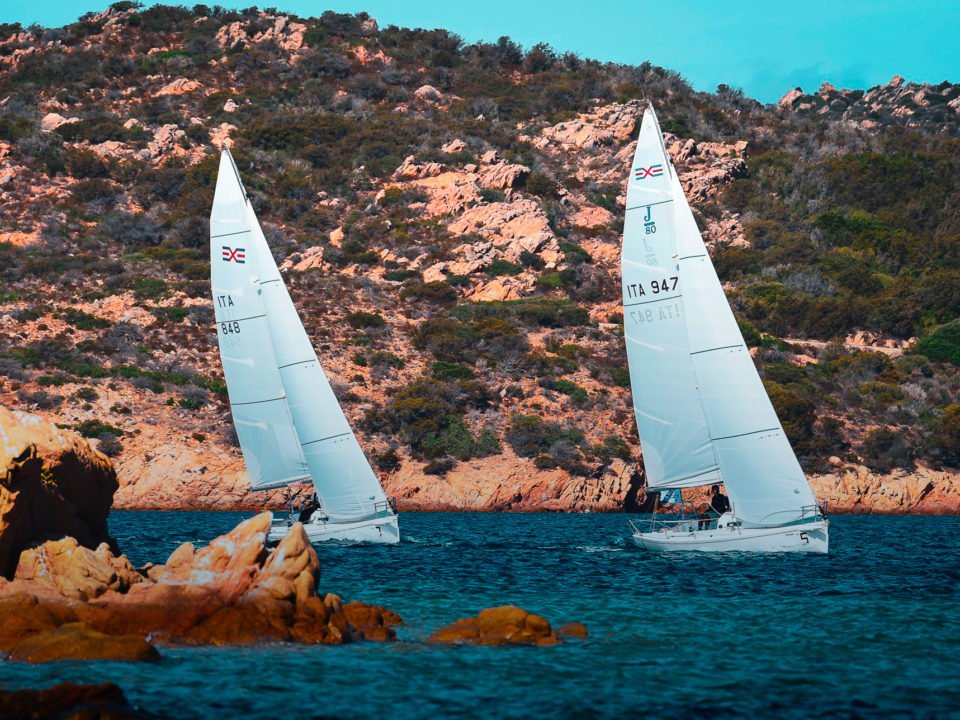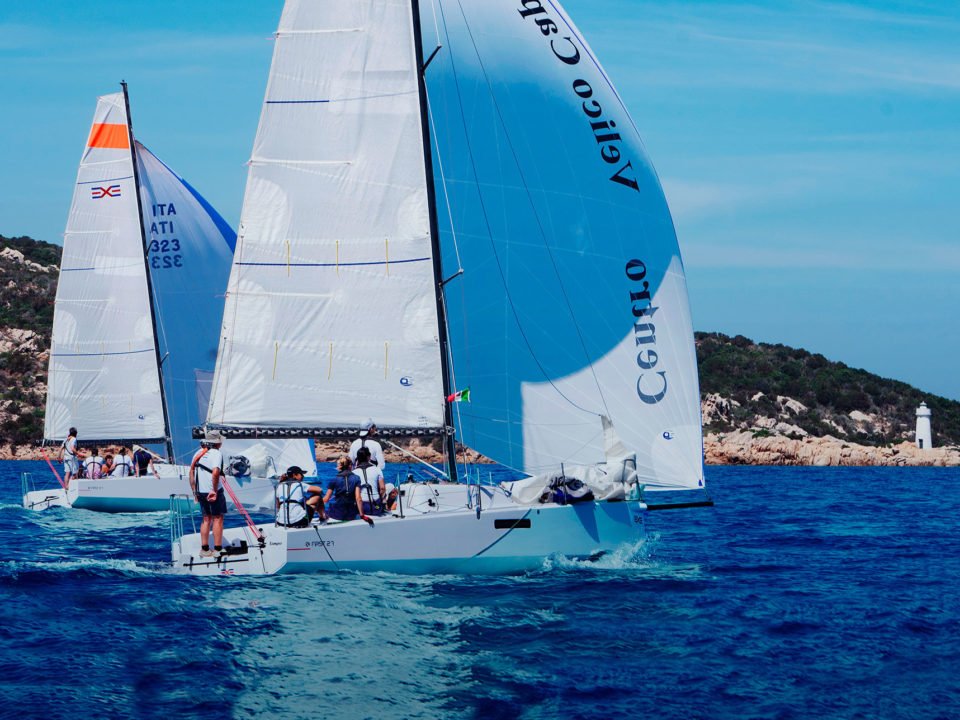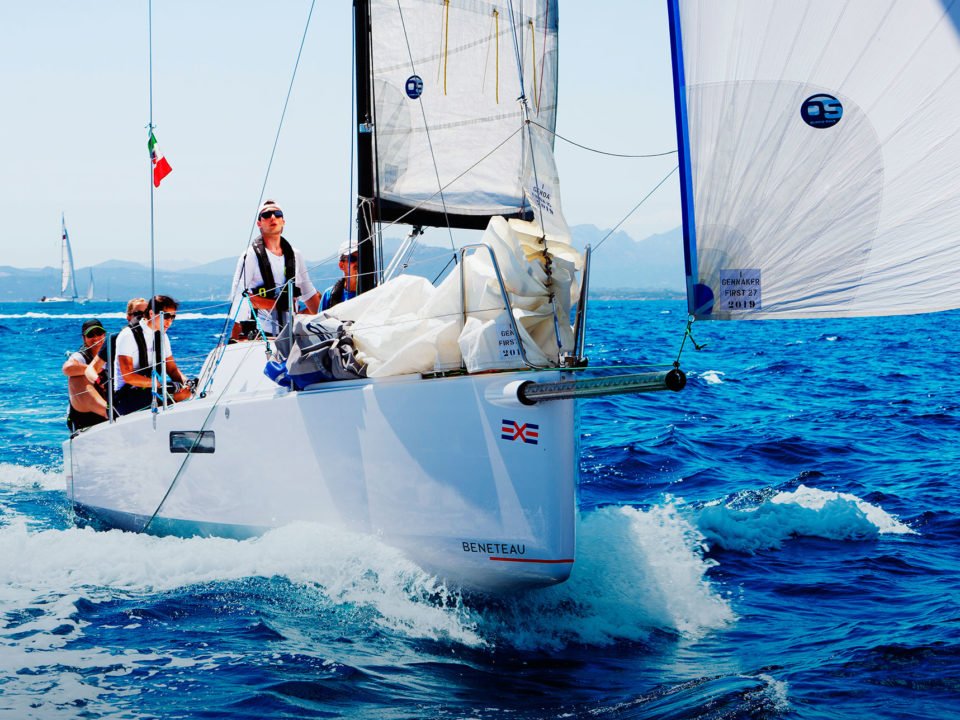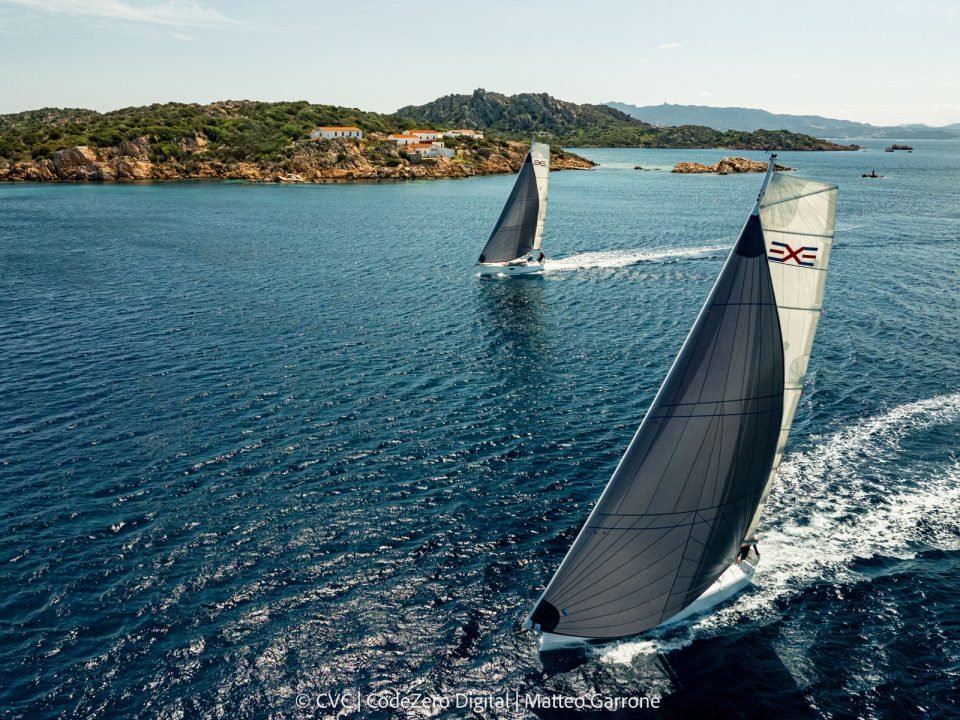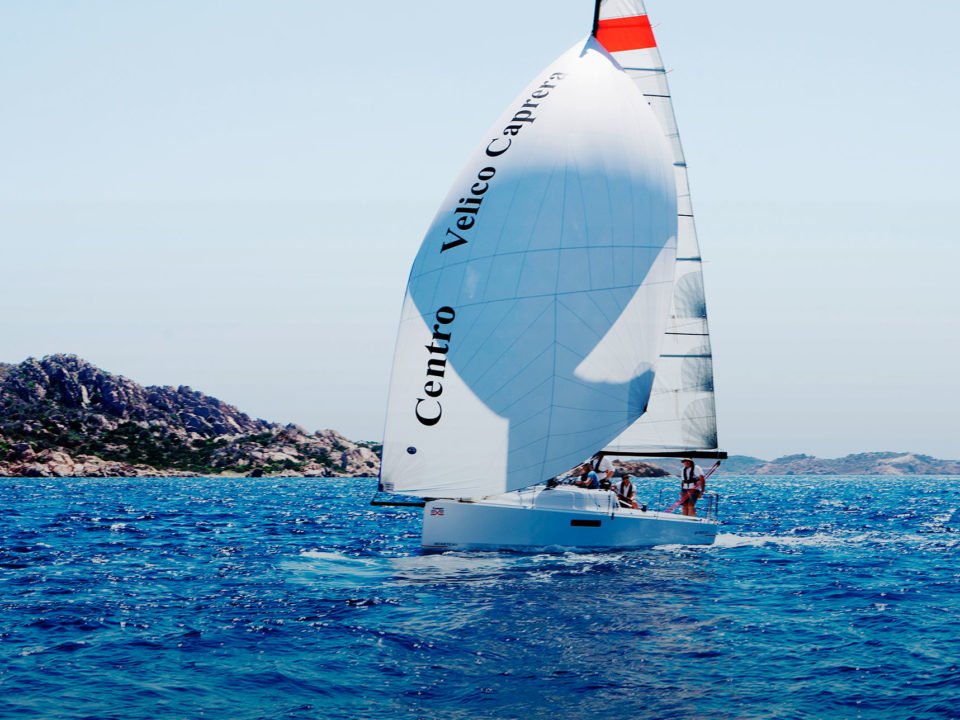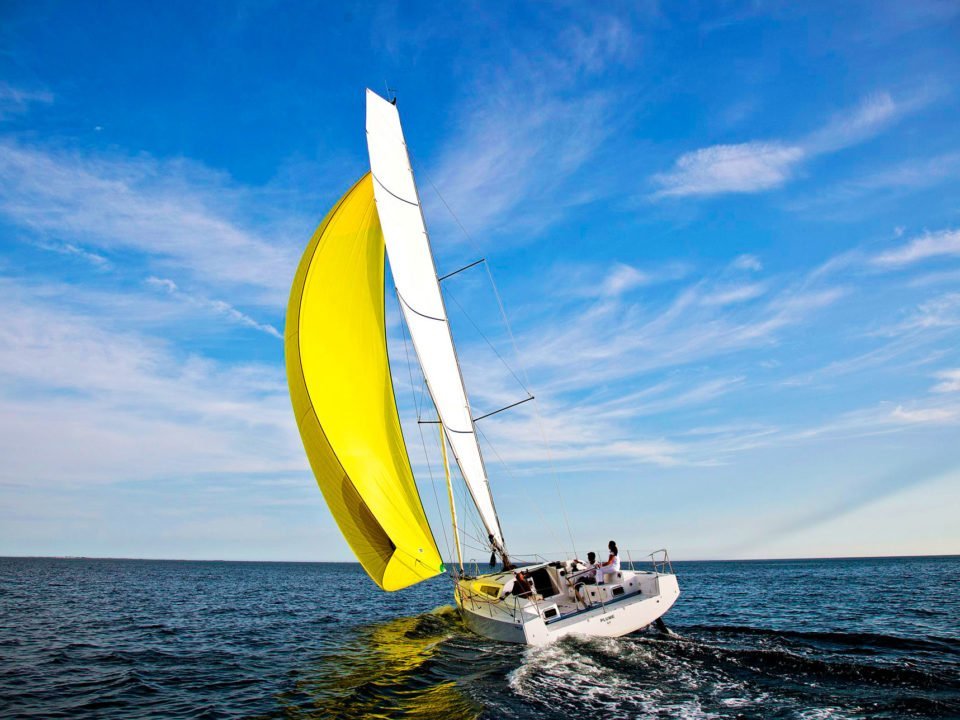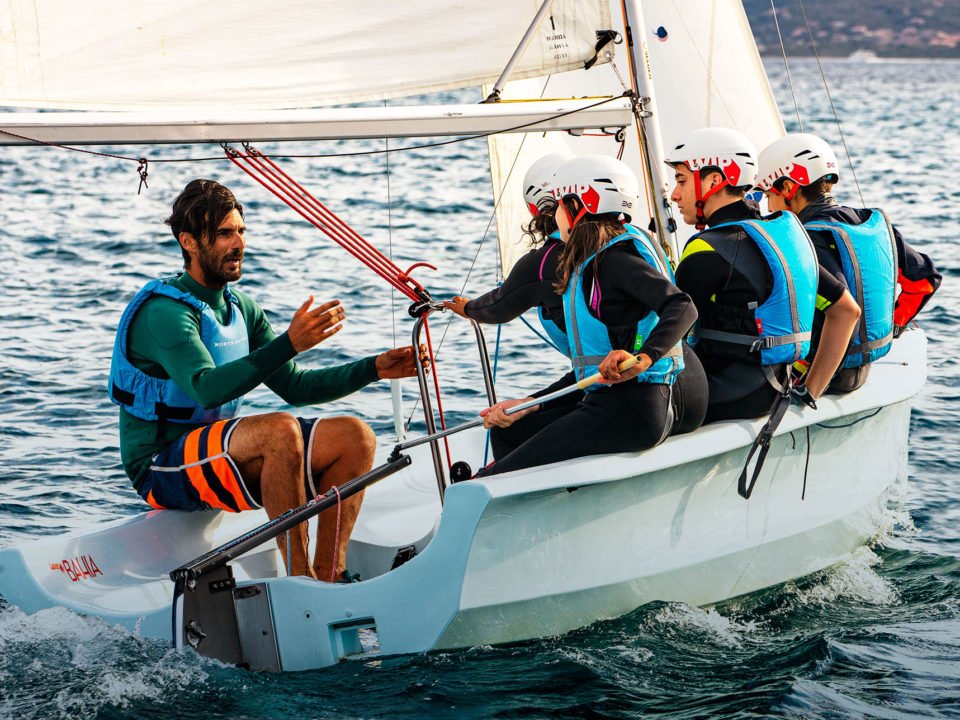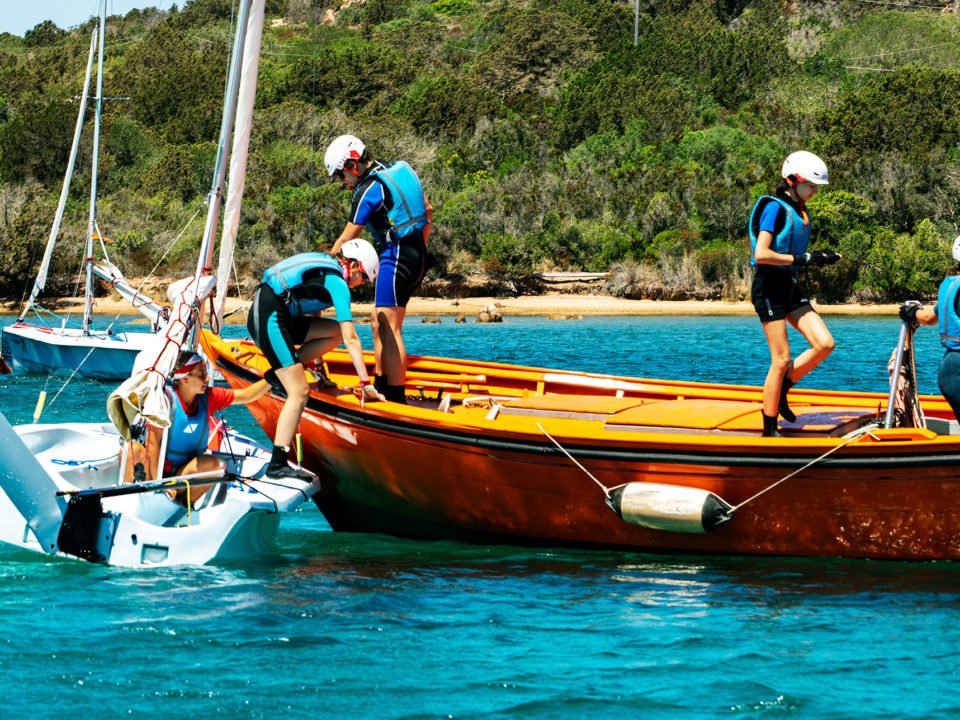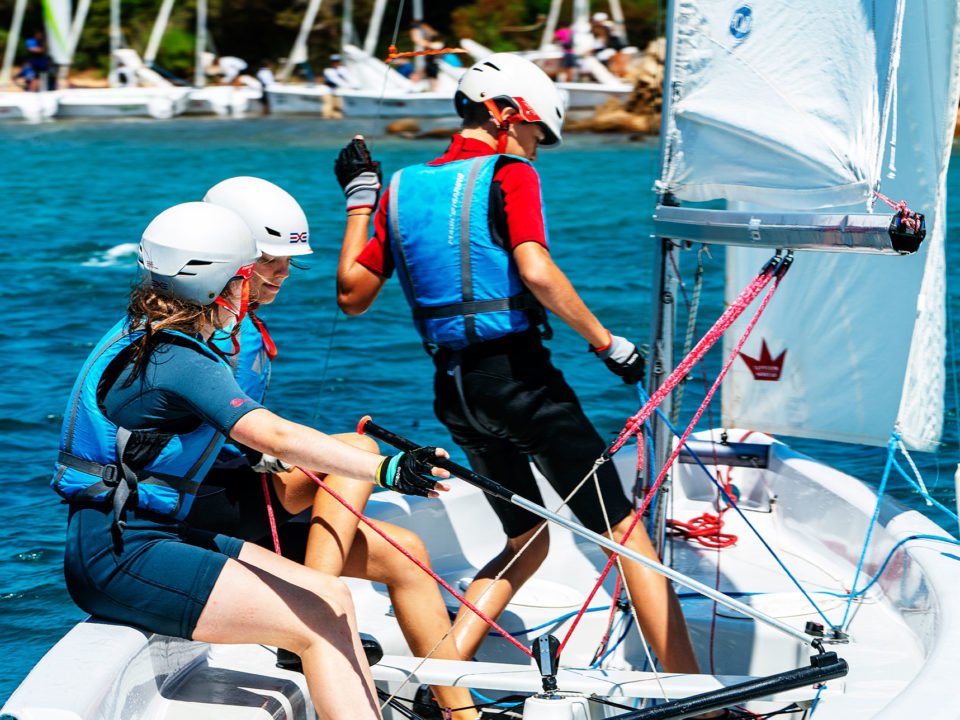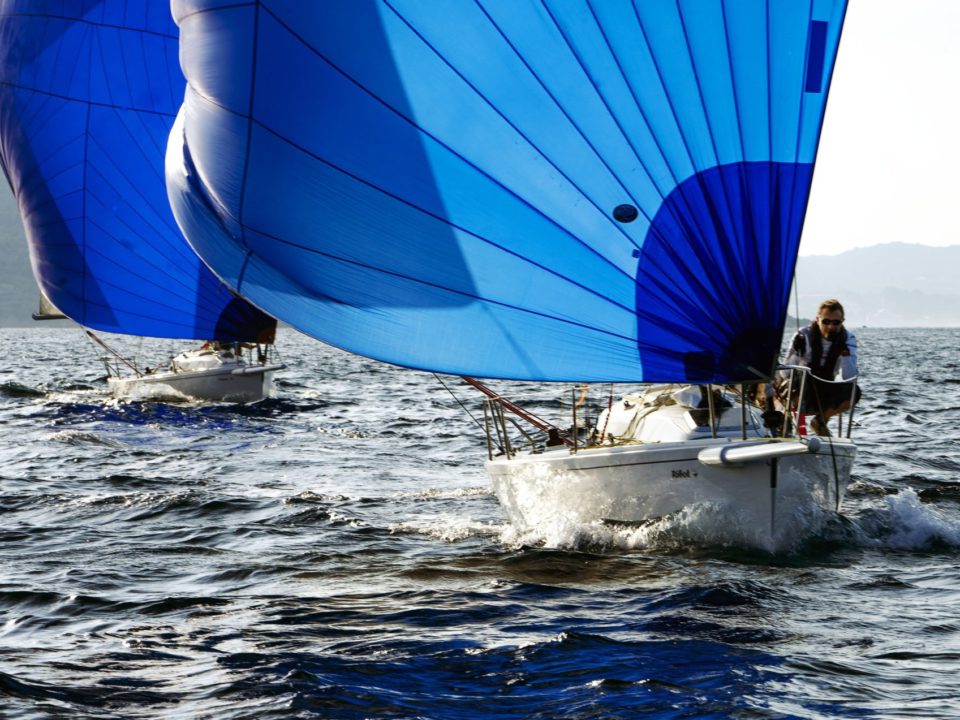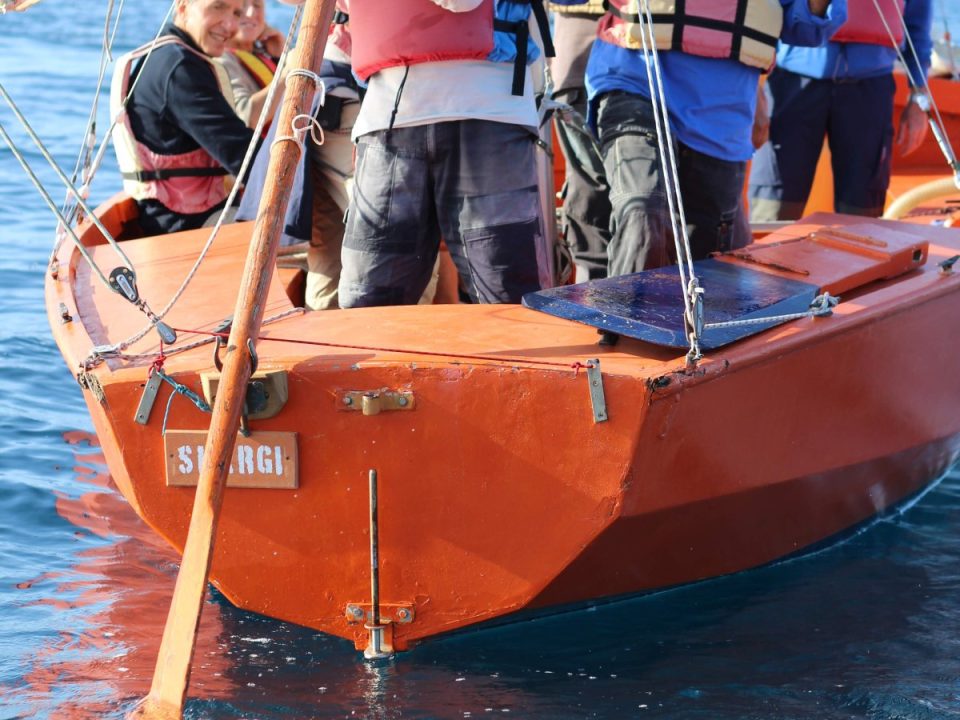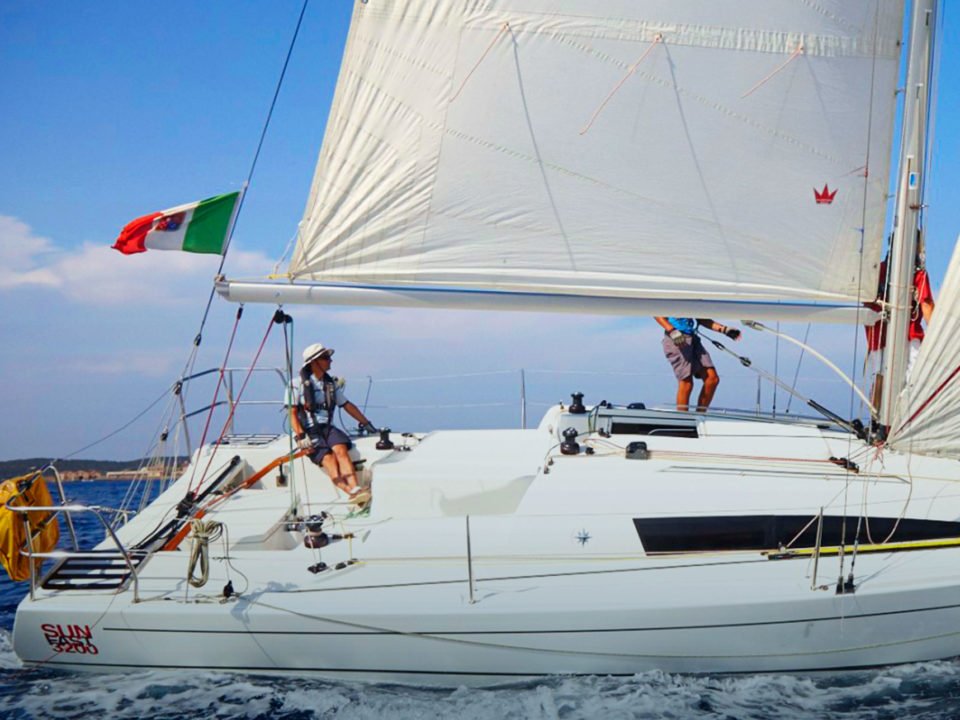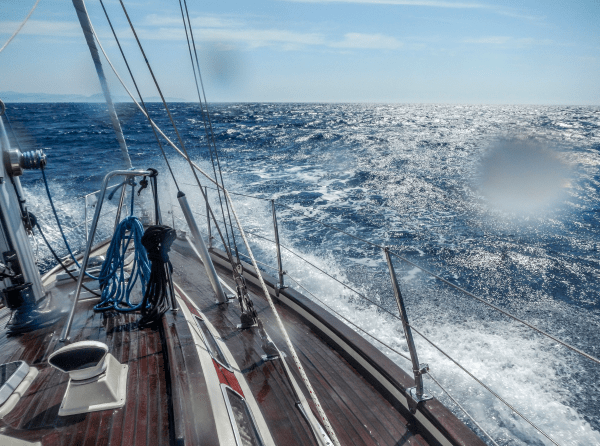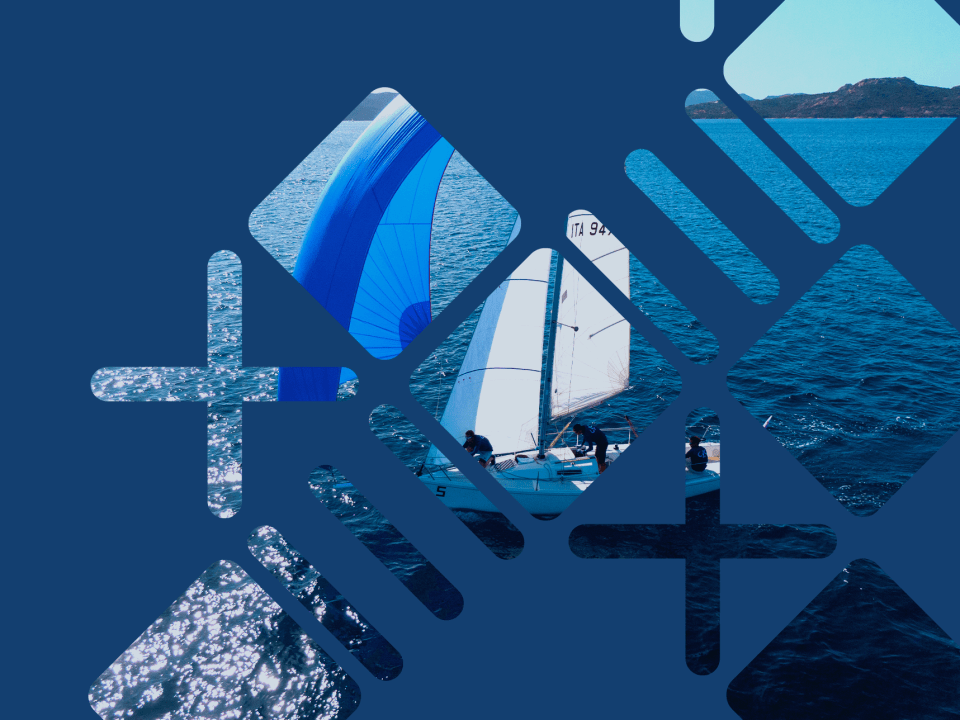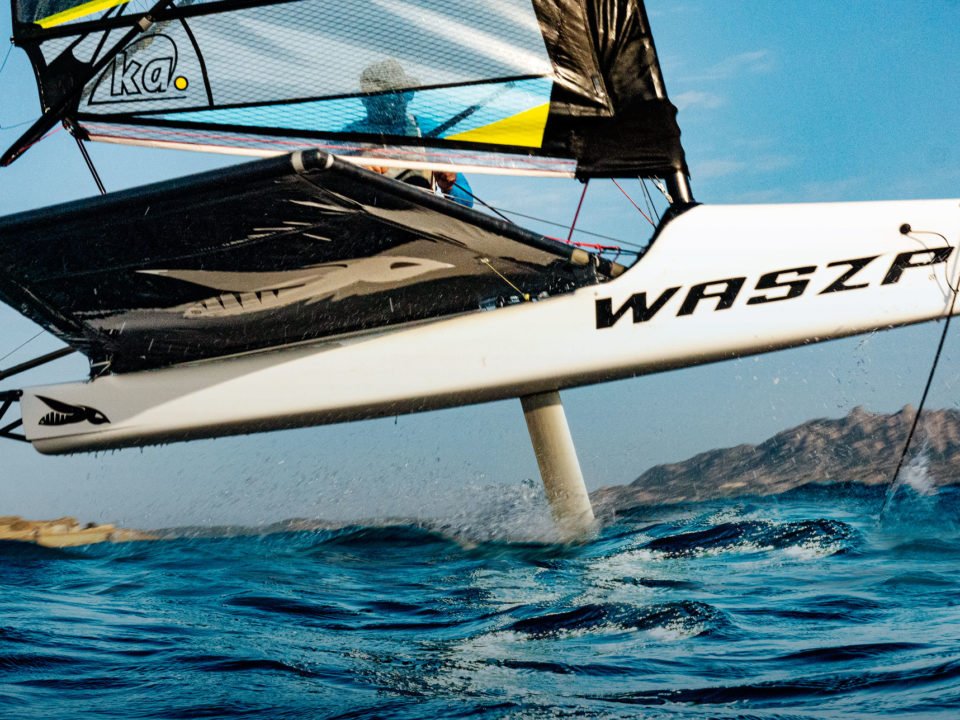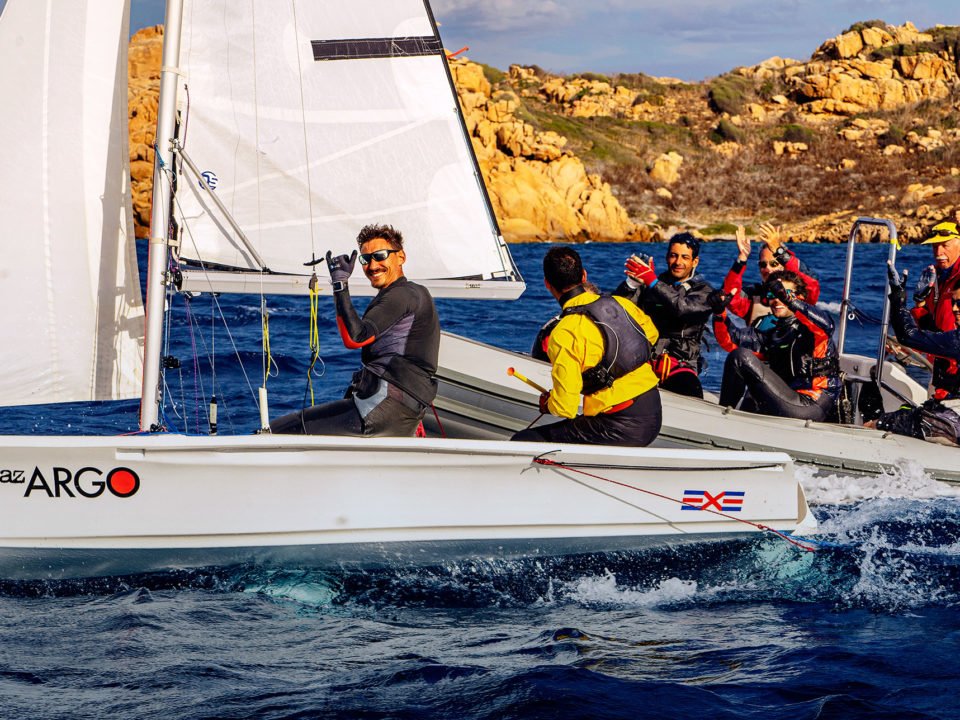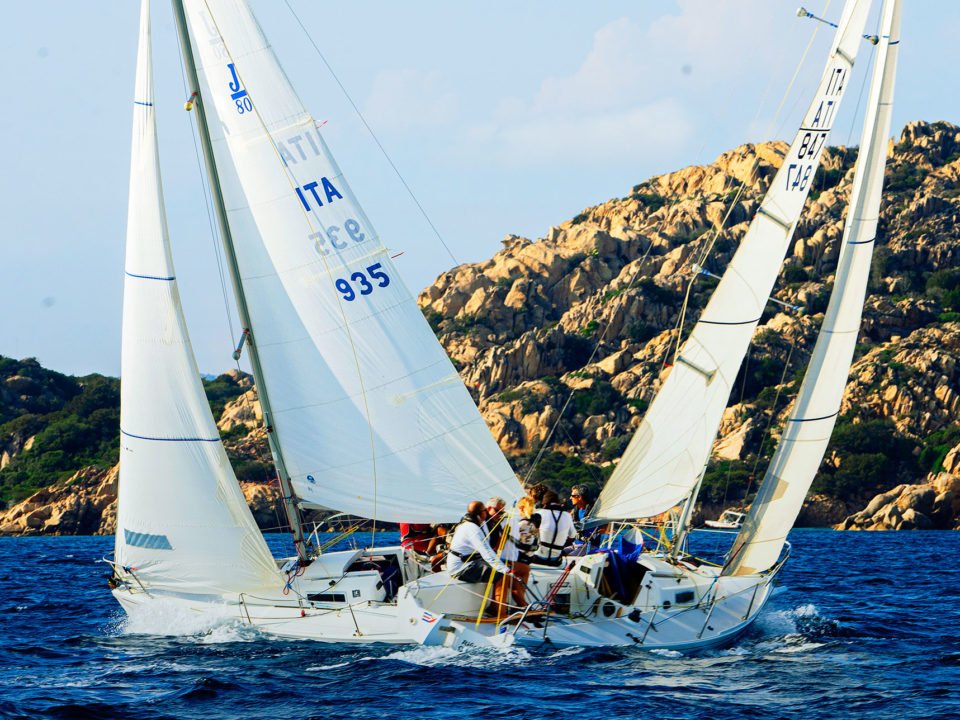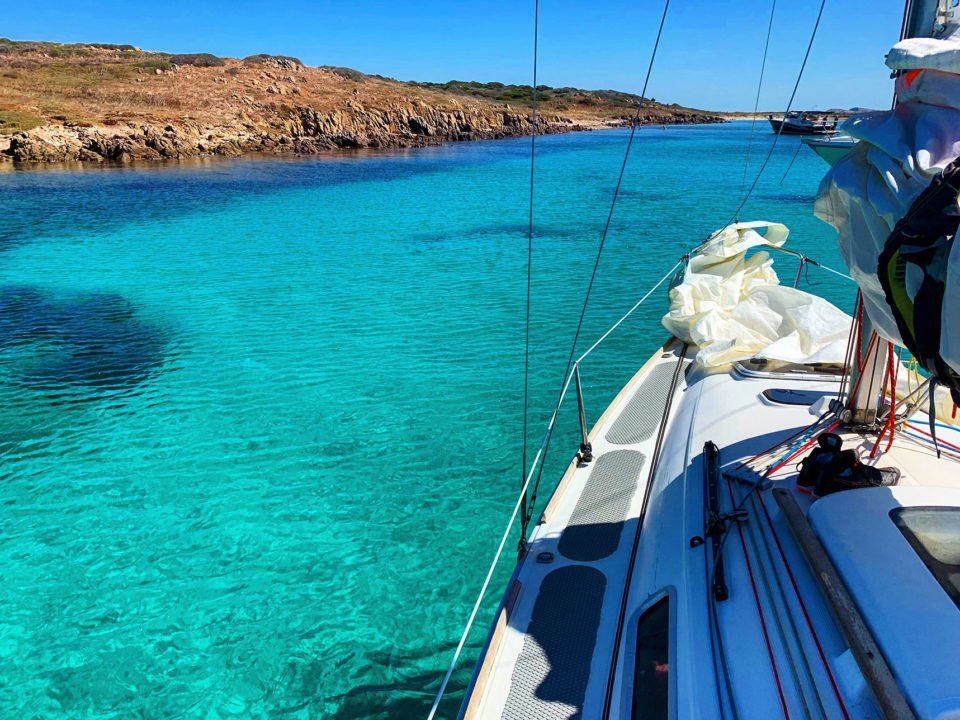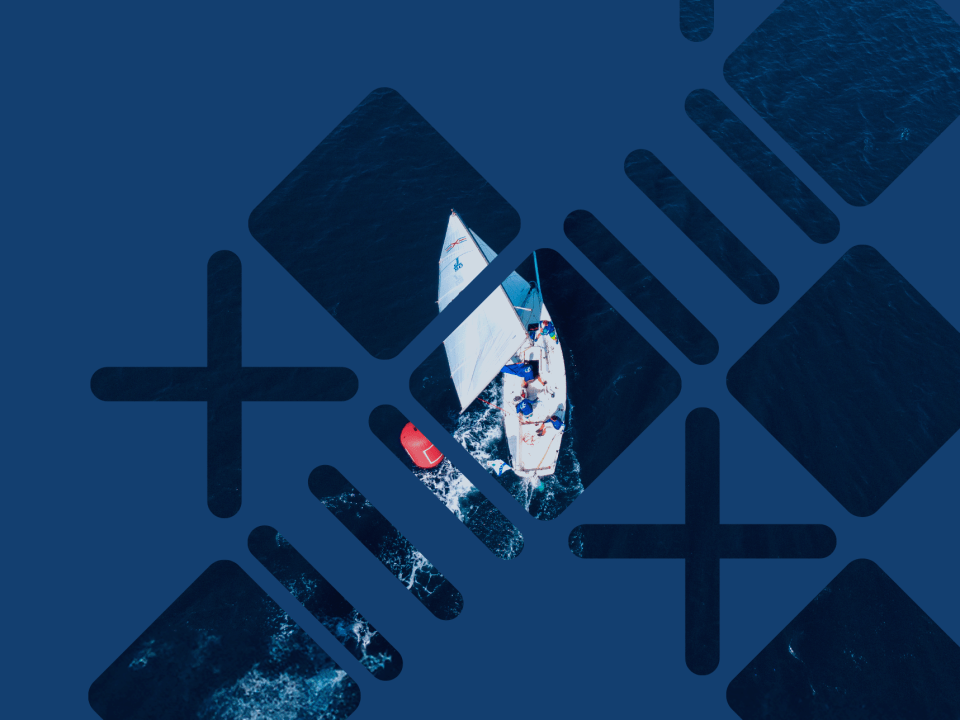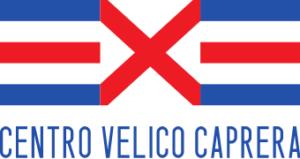Displaying 1-30 of 31 results
-
Proceed to purchase
BEGINNER - D1
Dinghy650,00€ - – 1.550,00€ Proceed to purchaseBEGINNER - D1DinghyBeginner7 daysMay to October15+, 16+Italian- Ability to swim
- 15 years of age in the shifts
- 15 years for those who have already attended an Under 14 course
-
Proceed to purchase
CONSOLIDATION - D2
Dinghy650,00€ - – 1.550,00€ Proceed to purchaseCONSOLIDATION - D2DinghyBeginner7 daysMay to October15+, 16+Italian- Initiation D1
- Initiation C1
- Application fordirect admission
- 15 years of age in the shifts
- 15 years for those who have already passed an Under 14- D1J course
-
Proceed to purchase
CONSOLIDATION - D1D2
Dinghy1.070,00€ - – 2.640,00€ Proceed to purchaseCONSOLIDATION - D1D2DinghyBeginner14 daysMay to October15+, 16+Italian- Ability to swim
- 15 years of age in the shifts
- 15 years for those who have already attended an Under 14 course
-
Proceed to purchase
IMPROVEMENT - D3
Dinghy650,00€ - – 1.550,00€ Proceed to purchaseIMPROVEMENT - D3DinghyIntermediate7 daysMay to October15+, 16+Italian- Consolidation - D1D2
- Consolidation -D2
- 15 years for those who have passed the Under 14course - D1D2J
- Direct admission
- 15 years of age in the planned shifts.
-
Proceed to purchase
IMPROVEMENT - D2D3
Dinghy1.070,00€ - – 2.640,00€ Proceed to purchaseIMPROVEMENT - D2D3DinghyIntermediate14 daysMay to October15+, 16+Italian- Initiation D1
- Initiation C1
- Application fordirect admission
- 15 years of age in the shifts
- 15 years for those who have already passed an Under 14- D1J course
-
Proceed to purchase
ADVANCED - D4
Dinghy760,00€ - – 1.550,00€ Proceed to purchaseADVANCED - D4DinghyAdvanced7 daysMay to November16+Italian -
Proceed to purchase
ADVANCED - D3D4
Dinghy1.160,00€ - – 2.640,00€ Proceed to purchaseADVANCED - D3D4DinghyAdvanced14 daysMay to November16+Italian -
Proceed to purchase
SPORT - D5
Dinghy760,00€ - – 1.550,00€ Proceed to purchaseSPORT - D5DinghyAdvanced7 daysMay to November16+Italian- Advanced- D3D4 successfully passed
- Advanced D4 successfully passed
-
Proceed to purchase
INITIATION - C1
Cruising Yacht630,00€ - – 1.470,00€ Proceed to purchaseINITIATION - C1Cruising YachtBeginner7 daysApril to October18+Italian- 18 years of age
- Ability to swim
-
Proceed to purchase
CONSOLIDATION - C2
Cruising Yacht630,00€ - – 1.470,00€ Proceed to purchaseCONSOLIDATION - C2Cruising YachtBeginner7 daysApril to November18+Italian- 18 years to be completed in the year
- Initiation - D1
- Initiation - C1
- Direct admission
-
Proceed to purchase
CONSOLIDATION - C1C2
Cruising Yacht1.200,00€ - – 2.500,00€ Proceed to purchaseCONSOLIDATION - C1C2Cruising YachtBeginner14 daysApril to November18+Italian- 18 years of age
- Ability to swim
-
Proceed to purchase
PRECRUISE - C3
Cruising Yacht700,00€ - – 1.470,00€ Proceed to purchasePRECRUISE - C3Cruising YachtIntermediate7 daysApril to November17+Italian -
Proceed to purchase
PRECRUISE - C2C3
Cruising Yacht1.140,00€ - – 2.500,00€ Proceed to purchasePRECRUISE - C2C3Cruising YachtIntermediate14 daysApril to November18+Italian- 18 years of age
- Initiation - C1
- Consolidation -C1C2
- Consolidation- C2
- Direct admission
-
Proceed to purchase
CRUISE - C4
Cruising Yacht620,00€ - – 1.110,00€ Proceed to purchaseCRUISE - C4Cruising YachtAdvanced7 daysApril to November18+Italian- 18 years of age
- Pre-C2C3
- Pre-Cruise - C3
-
Proceed to purchase
CRUISE - C3C4
Cruising Yacht1.090,00€ - – 2.200,00€ Proceed to purchaseCRUISE - C3C4Cruising YachtAdvanced14 daysApril to November18+Italian -
Proceed to purchase
OFFSHORE- C5
Cruising Yacht1.270,00€ - – 1.470,00€ Proceed to purchaseOFFSHORE- C5Cruising YachtAdvanced7 daysJune to July18+Italian -
Proceed to purchase
INITIATION - D1J
Under 141.240,00€ - – 1.480,00€ Proceed to purchaseINITIATION - D1JUnder 14Beginner7 daysJune to July12-14Italian- 12 years (maximum age 14 in the year)
- Ability to swim
-
Proceed to purchase
CONSOLIDATION - D2J
Under 141.240,00€ - – 1.480,00€ Proceed to purchaseCONSOLIDATION - D2JUnder 14Beginner7 daysJune to July12-14Italian- Ability to swim
- 12 years (maximum age 14 in the year)
- Initiation dInghy Under 14 - D1J
- Application for direct admission
-
Proceed to purchase
CONSOLIDATION - D1D2J
Under 142.110,00€ - – 2.520,00€ Proceed to purchaseCONSOLIDATION - D1D2JUnder 14Beginner14 daysJune to July12-14Italian- 12 years (maximum age 14 in the year)
- Ability to swim
-
Proceed to purchase
WEEKEND ON J80
Weekends and long weekends490,00€ Proceed to purchaseWEEKEND ON J80Weekends and long weekendsIntermediate5 daysOctober to November17+Italian- 17 years to be completed in the year
- Precruise C3
- improvement - D3
- direct admission
- Proceed to purchase
-
Proceed to purchase
Weekend Yacht handling under power
Weekends and long weekends380,00€ Proceed to purchaseWeekend Yacht handling under powerWeekends and long weekendsAdvanced3 daysNovember to March18+Italian -
Proceed to purchase
Weekend single-handed sailing
Weekends and long weekends300,00€ Proceed to purchaseWeekend single-handed sailingWeekends and long weekendsAdvanced3 daysFebruary to March18+Italian - Proceed to purchase
- Proceed to purchase
-
Proceed to purchase
FOIL MASTER STAGE
Special1.050,00€ - – 1.340,00€ Proceed to purchaseFOIL MASTER STAGESpecialAdvanced7 daysMay to October16+Italian- improvement dInghy - D4
- improvement fortnightly dInghy - D3D4
-
Proceed to purchase
PASQUAVELA DINGHY
Weekends and long weekends440,00€ Proceed to purchasePASQUAVELA DINGHYWeekends and long weekendsIntermediate5 daysApril16+Italian -
Proceed to purchase
PASQUAVELA DISCOVER SAILING
Weekends and long weekends450,00€ Proceed to purchasePASQUAVELA DISCOVER SAILINGWeekends and long weekendsBeginner5 daysApril18+Italian- 18 years of age
- knowing how to swim
-
Proceed to purchase
Skipper
Special830,00€ - – 1.140,00€ Proceed to purchaseSkipperSpecialAdvanced7 daysMay to October18+Italian -
Proceed to purchase
CVC Academy - AC1
CVC Academy860,00€ - – 1.140,00€ Proceed to purchaseCVC Academy - AC1Advanced7 daysMay to September17+Italian- Drift -D3
- Pre-C3
- High Performance (active course until 2023)
- Application for direct admission

